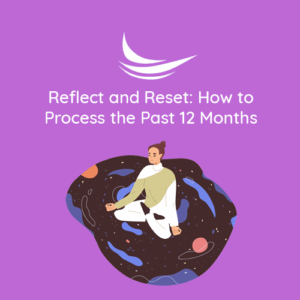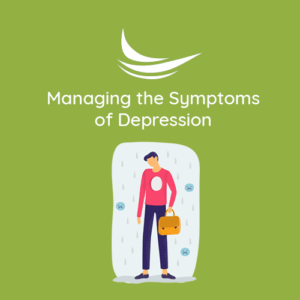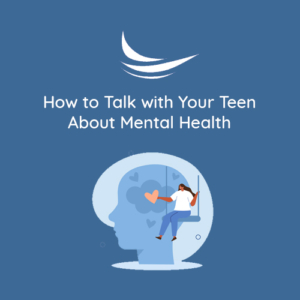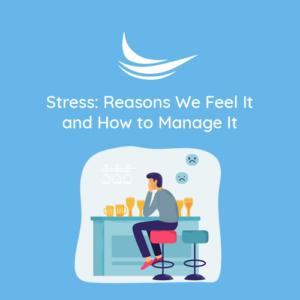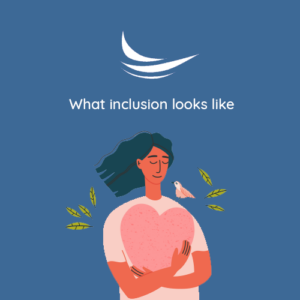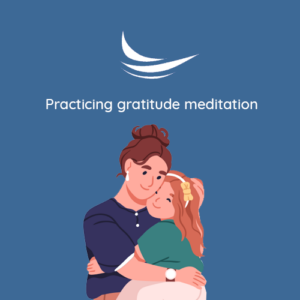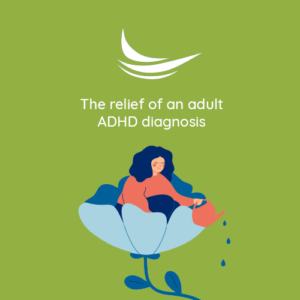Treatment Options for Anxiety Paralysis
 According to the research, stress caused 57% of US respondents to feel paralyzed.
According to the research, stress caused 57% of US respondents to feel paralyzed.
The autonomic nervous system is activated in a “fight, flight, or freeze” response under conditions of stress and threatening situations. This system alerts the adrenal glands to release hormones of epinephrine and cortisol.
The body’s response includes physiological changes in the nervous system such as increased heart rate, increased perspiration, dilation of pupils, and a surge in energy to protect itself. Anxiety paralysis is one of the ways that our bodies respond to stress.
When danger is experienced beyond one’s ability to tolerate the stress, it can feel like the nervous system goes offline.
What Anxiety Paralysis Looks Like:
- Shutting down
- Unable to process incoming information
- Going mute or having a difficult time finding words
- Difficulty moving, feeling “stuck” and not moving forward
- On autopilot, functioning but not really “there”
- Fear preventing you from taking steps (e.g., driving, attending appointments, being intimate)
What Anxiety Paralysis Feels Like:
- Heaviness in the face, arms, legs, or torso
- Tingling or numbness in the limbs of the body
- Physical sensations such as trembling, sweating, and nausea
- Hyperventilation, anxiety, and panic
- Feeling like there are too many conflicting thoughts and emotions (emotional paralysis)
- Analysis paralysis-overthinking and not making a decision
Treatment for anxiety paralysis often includes a variety of approaches, including evidence-based treatment for trauma and anxiety disorders. Our therapists will collaborate with you to understand the presenting concerns, symptoms of these, and how they impact your daily life.
Here are some possible strategies that your therapist may incorporate:
- Focusing on creating a space of safety and trust; utilizing client-centered, trauma-informed, multi-cultural, and relational approaches
- Psychoeducation to learn more about the body and brain’s response to fear specific to your situation (e.g., anxiety, specific fears, trauma).
- Learning about your triggers and working within your window of tolerance
- Tapping, bilateral stimulation, and specialized approaches such as EMDR, ART, or brainspotting for trauma
- Utilizing cognitive-behavioral and motivational strategies
- Using movement and mind-body interventions
- Self-soothing and grounding strategies to help calm the nervous system
- Deep-breathing such as deep belly breathing or box breathing
- Teaching coping and distress tolerance skills
Written By: Charlotte Johnson, MA, LPCC

